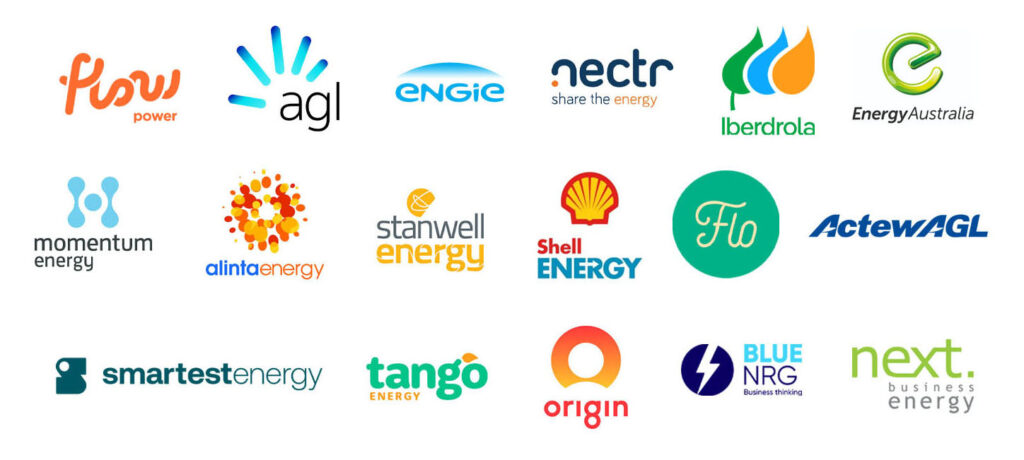In South Australia, a landscape dominated by renewables, Engie has announced the closure of the Snuggery and Port Lincoln diesel generators.
The impending shutdown poses challenges and ushers in opportunities, highlighting the intricate balance between demand and supply in the state’s energy mix.
In just over 16 years, South Australia’s electricity mix has gone from less than 1 per cent renewables to an average of more than 70 per cent generated by wind and solar.
The Snuggery Power Station, near Tantanoola in the Limestone Coast region of South Australia, was built in 1978. The power station has a generating capacity of 63 MW, consisting of three diesel-fuelled open-cycle gas turbines.
The 75MW Port Lincoln plant also has three diesel engines.
The two power stations, employed during periods of high demand and low availability, were initially expected to remain operational until 2030.
However, due to the accelerated shift towards renewable energy and adjustments to crucial energy market policies, the generators are no longer economically feasible to sustain.
Engie does operate other South Australian thermal power plants including the 510MW Pelican Point gas power station, the 157 MW Dry Creek gas peaking plant in Adelaide, and the 90MW Mintaro gas station.
There are no plans to close these.
Engie’s Strategic Pivot: Cutting Losses in Unfavourable Conditions
Engie’s decision to shut down the Snuggery and Port Lincoln generators is a strategic response to sustained losses.
Operations will cease from July 1, with a comprehensive closure set for 2028.
Engie frames this decision as the “most rational” response to unfavourable economic conditions, exacerbated by the Port Lincoln plant losing its role as a backup power source for ElectraNet, the state’s high-voltage grid owner, following a $9 million-a-year contract expiration.
Market Dynamics Unveiled: Navigating Turbulence in a Changing Landscape
Engie’s struggle to make these plants economically viable mirrors a broader trend across the National Electricity Market.
The influx of cost-effective renewables has triggered a significant drop in wholesale power prices, adversely affecting the financial viability of traditional generators.
A recent modification in the design of the capacity mechanism which removes support for older thermal plants, further intensifies Engie’s financial challenges.
Exploring Alternatives: Engie’s Prolonged Quest for Viability
Engie’s attempts to salvage the Snuggery and Port Lincoln plants proved fruitless despite exhaustive efforts.
Upgrades, battery installations, and fuel conversions were considered, but they still needed to emerge as financially sustainable solutions.
The relentless pace of the energy transition and mounting pressure on existing thermal assets left Engie with no choice but to opt for closure.
AEMO assessing the Impact on South Australia’s Energy Reliability
As Engie’s diesel generators bow out, the Australian Energy Market Operator (AEMO) is now tasked with assessing the potential impact on South Australia’s energy supply reliability.
While the closures were anticipated, there are lingering questions about the state’s ability to meet peak demand during periods of reduced renewable output.
Charting the Future: Optimism with Caveats in South Australia’s Energy Landscape
Despite potential concerns, analysts like Dylan McConnell of UNSW remain optimistic.
He points to the proposed 200MW hydrogen power plant and the Project EnergyConnect interconnector as promising additions to South Australia’s energy portfolio.
These developments and a forward-thinking approach position the state to effectively navigate the evolving energy landscape.
Navigating Shortfalls and Blackout Threats
However, the increased reliance on renewables introduces a new set of challenges. During periods of minimal sunlight or wind, a potential supply-demand gap could emerge, necessitating energy imports through interconnector cables.
If import restrictions loom, South Australia could be vulnerable to blackouts, underscoring the delicate balance between renewable ambitions and ensuring a dependable power supply.
The Role of Storage Solutions: Mitigating Renewable Intermittency
South Australia may consider investing in advanced storage solutions to address the challenges of intermittent renewable energy, with a significant focus on large-scale battery systems, like the one contracted by NSW in 2021.
These technologies play a crucial role in storing excess energy during peak renewable generation, providing a reliable source during periods of low renewable output.
By investing in additional battery infrastructure, South Australia can enhance its ability to store surplus energy during periods of high renewable output.
Advanced battery technology allows for efficient energy storage, which can be released during periods of low renewable generation, acting as a stabilising force in the energy grid and reducing dependence on external sources during potential supply shortfalls.
Advancements in Battery Technology
Continued battery technology advancements promise improved energy storage capacity, longer lifespans, and faster charging and discharging capabilities. Innovative solutions, such as flow and solid-state batteries, could further revolutionise the energy storage landscape, providing South Australia with flexible and sustainable options to bolster its renewable energy capacity.
South Australia’s Energy Evolution
South Australia’s journey through the energy transition has been marked by significant milestones.
In the early 2000s, South Australia embarked on a visionary quest to redefine its energy landscape. The introduction of the Renewable Energy Target (RET) in 2001 marked a pivotal moment, igniting the state’s commitment to diversify its energy mix and embrace sustainability.
This marked the beginning of a green revolution that would position South Australia as a trailblazer in clean energy within Australia.
Wind power swiftly took centre stage, with ambitious projects like Snowtown and Hornsdale harnessing the state’s abundant coastal winds. These wind farms represented a move towards cleaner energy and demonstrated the economic viability of investing in renewables.
South Australia’s foray into solar energy showcased a commitment to innovation, exemplified by SolarReserve’s Aurora Solar Thermal Plant.
This groundbreaking project, featuring concentrated solar power with energy storage, underscored the state’s determination to explore cutting-edge technologies for a sustainable future.
In 2016, the last coal plant withdrew in South Australia – Alinta’s Northern Power station in Paterson.
Commissioned in 1985, its two 260 MW steam turbines generated a total of 520 MW of electricity. This step aligned with environmental objectives, but triggered notable spikes in power prices, prompting a re-evaluation of the energy landscape.
Towards a Sustainable Future
As South Australia stands at this critical juncture, Engie’s decision to retire diesel generators marks a turning point in the state’s energy narrative.
Striking a balance between ambitious renewables and the practicality of intermittent supply demands careful planning.
The looming risks of shortfalls and potential blackouts underscore the urgency for a comprehensive and adaptable energy strategy.
South Australia faces a crucial task — ensuring a reliable, sustainable, and resilient power supply in an evolving energy landscape.
—
As Engie’s diesel generators are shuttered, questions over how to fill the energy supply gap may arise. Are renewables up to the challenge? How would investing in storage solutions impact energy users in terms of cost and supply volatility?
More importantly, how can you, as a business owner in South Australia, shield yourself against the risks that may accompany these transitions and reap the maximum benefits? The short answer: engage an energy management consultant.
The Leading Edge Energy team can aid your business in finding opportunities to reduce electricity costs, improve energy efficiency, and meet sustainability goals, based on the market, data analysis, energy policies, and your own commercial or industrial energy use.
Contact us at 1300-852-70 or info@leadingedgeenergy.com.au. Or if you want to get started with an obligation-free quote, sign up here: Obligation-Free Business Energy Tenders.
We source, analyse, compare and rank commercial, industrial and multisite energy quotes. Obligation Free.
Chat with one of our experienced consultants today and get the insights your business needs to help manage the risks associated with volatile electricity and natural gas markets. Our energy procurement service is obligation-free and provides a time-saving way of securing lower energy rates from our panel of energy retailers.







